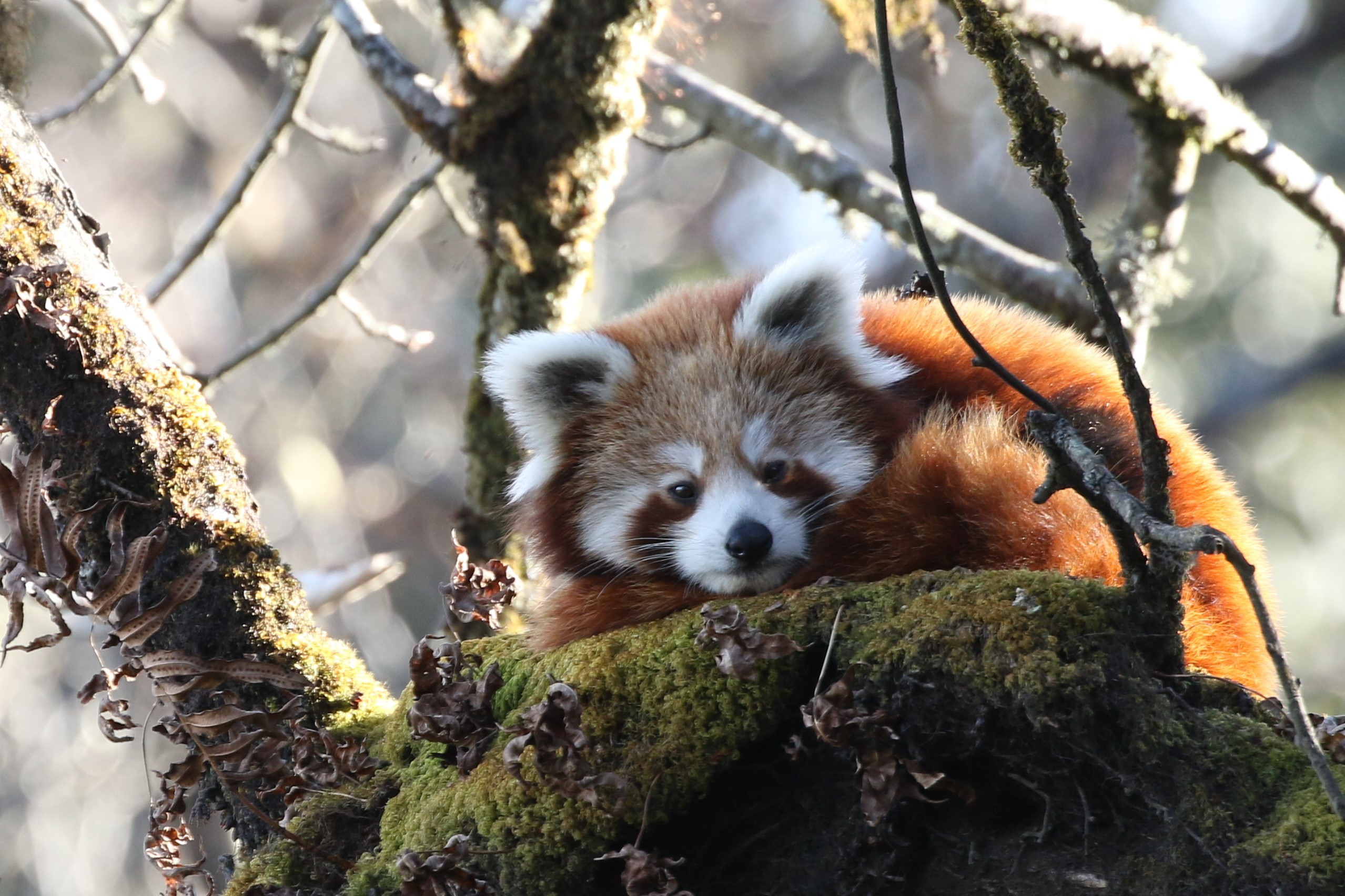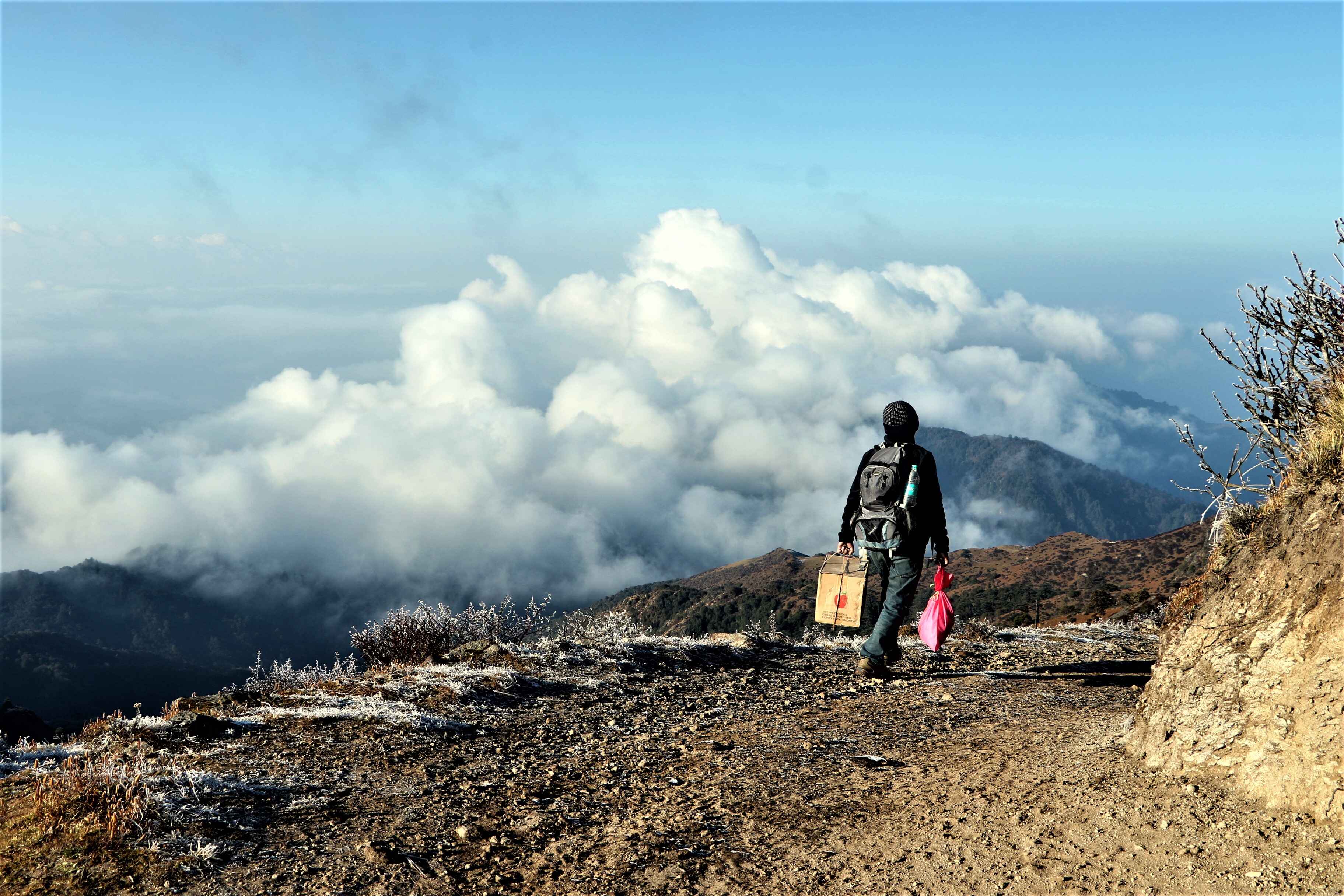Conservation initiatives benefit both humans and wildlife. However, challenges such as illegal trade and negative human-wildlife interactions as retaliatory killings, wildlife-vehicle collisions remain significant. Conservation Nepal works to addresses these issues through research, community engagement, and policy advocacy. Working closely with communities is a core objective of Conservation Nepal, with efforts focused on raising awareness, building capacity, and actively involving people in conservation. This fosters a sense of ownership and responsibility towards protecting wildlife and ecosystems.
Human wildlife conflict is the significant problem especially in the areas around the protected areas. Crop damage, livestock depredation, property damage and human causalities are the major forms of conflict. Conservation Nepal collaborates with local stakeholders to design sustainable conflict mitigation strategies that benefit both people and wildlife, promoting coexistence. A current research project of CN is focused on exploring market-based approaches to mitigating human-wildlife conflict.
Illegal wildlife trade in Nepal is driven by various factors as cultural values, consumer countries' demand for wildlife commodities, poverty, weak law enforcement, corruption, porous borders and a lack of awareness. Furthermore, Nepal’s geographical location and its open border with India has been repeatedly used as route and transit for smuggling plant and wildlife parts. Illegal trading of these species not only threatens Nepal’s rich species diversity but also undermines conservation efforts.
Conservation Nepal works with government agencies, local communities and related partners to curb and control illegal trade in wildlife. CN has also conducted a few researches on wildlife trade to support government's decisions regarding wildlife protection and conservation efforts (Paudel et al., 2020).
Unplanned expansion of road networks of Nepal has increased threat to wildlife populations. According to the annual report of the Department of National Park and Wildlife Conservation (DNPWC), over the past half-decade (2017–2022), there were 591 documented cases of wildlife being killed on roads within protected areas. Similarly, a study in Banke National Park recorded 458 wildlife deaths in 2022, with 28% of these deaths attributed to road accidents (DNPWC, 2022)
Conservation Nepal is also working to mitigate the WVC. The research project on "Development of Database of biodiversity Important Areas and Existing, Ongoing, Upgrading and Proposed Linear Infrastructure Projects in Nepal" aims to suggest infrastructure planners as ministry, department, planning commission and other development partners about the biodiversity safeguards for linear infrastructure in Biodiversity important areas.
Climate change further aggravates the challenges of conservation. Changing weather patterns disrupt the migration and behavior of wildlife. It shifts in habitat use of wildlife. Additionally, climate-induced alterations to ecosystems, such as droughts or flooding, increases the frequency and intensity of human-wildlife conflicts. This also drives the poaching and illegal trade. Conservation Nepal conduct research on how shifting ecosystems effect on the habitat use of wildlife. The restoration projects focus on rebuilding habitats and enhancing ecosystem resilience.


